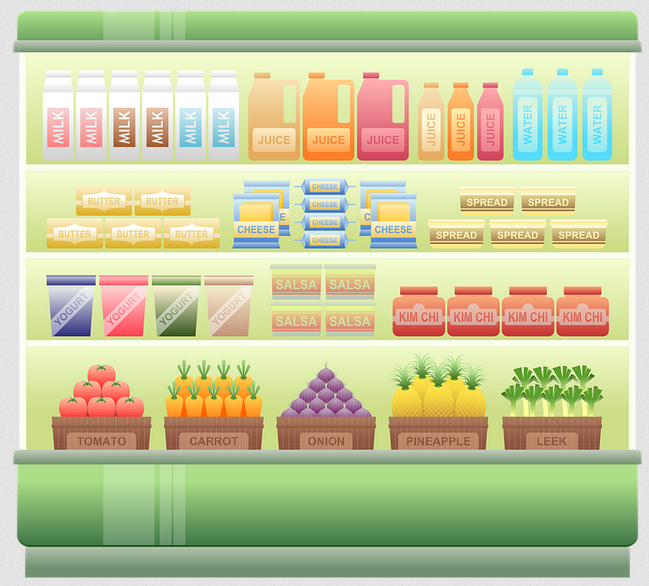
267views
In this fast-paced lifestyle, people usually prefer readymade food or restaurant packed food. The number of people eating fast food has increased over the last decade. The food is packed and delivered to the customer with the aim that packing should protect the food inside.
What Role Does Packing Play in Food Industry
- Packaging helps in protecting food from deterioration, preserve and maintain its nutritive value and protect from external unhealthy influences from the atmosphere.
- It helps in reducing wastage of food during transportation and storage by adequately preserving it.
- Packaging can be a great tool for marketing. The innovative packaging design helps the brand to enhance its image in front of their consumers and can also attract customers and boost sale.
- It becomes easier for consumers to handle and access food effortlessly.

The Material Used for Packing Food
Packaging carries information about the brand and the food being offered such as nutritional values, caution, portion size. The most used materials for packaging in the food industry are plastic, glass, metal and paper.
- Metal: Canned foods and beverages are packed in aluminium cans or stainless-steel cans. Cans are an excellent way of preserving and transporting foods. These cans are light in weight and are cost-effective containers specially used for liquid food. They also act as an excellent barrier to moisture, air, odours, light, and microorganisms. They are versatile and can easily be recycled into a new product but are expensive as compared to other packaging materials.
- Plastic: Generally, the plastic of the thermoplastic category is used for wrapping and packing food. They are made from organic polymer that can be moulded into any required shape, hence, are ideal for use in the packaging industry. The use of plastic for packing food items has been going on for centuries. It has replaced traditional packaging material due to its cost-effectiveness and low energy consumption capability during manufacturing.
- Paper: Paper used in the packaging industry is manufactured from wood. It is cheap, light in weight and is eco-friendly. It has exceptional printing capabilities. However, it cannot be used for longer period as it is reactive to moisture and does not seal heat. Different coating and laminations are used on the paper to improve its protection capabilities. Kraft paper is used most in the packaging industry. It has several forms such as natural brown, unbleached, heavy duty and bleached white and is the strongest among all other paper.
- Cardboard: Like paper, they are also made from wood but are thick due to the use of multiple layers and have a higher weight in comparison to paper. Different types of paperboards are as follows:
While Board: It is made from chemical pulp. Recommended for direct food contact.
Chip Board: It is made of recycled paper and can be used as the outer layer for covering cartons of food.
Fibre Board: They are a solid board that has while board layer inside and kraft paper layer outside. They provide good protection against vibrations. - Glass: Glass is odourless and chemically non-reactive hence has several advantages in the food packaging companies. It does not let air or liquid pass through it and so is the best to maintain the freshness of the product for a longer period. However, they are fragile and can break if pressurised, therefore should not be used for frozen products. They require a lot of energy during manufacturing.
add a comment




